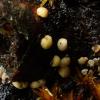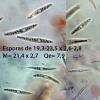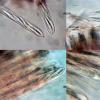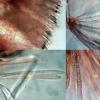
03-09-2015 00:16
 Marcel Heyligen
Marcel Heyligen
Hallo everybodyDoes anyone have following document

02-09-2015 10:53
 Jakob Schneller
Jakob Schneller
Dear collegues can you please help me identifying

02-09-2015 10:54
 Jakob Schneller
Jakob Schneller
Dear collegues can you please help me identifying

02-09-2015 09:58
Guy MarsonBonjour Brigitte, Car je n'ai pas votre adresse em

29-08-2015 13:43
 Tanja Böhning
Tanja Böhning
Bonjour, Hier j´ai trouvé un petit Hymenosc

30-08-2015 14:55
Nihad OmerovicHello, I found this last year under wild pear tre

30-08-2015 00:41
 Rubén Martínez-Gil
Rubén Martínez-Gil
Hola a todos. Subo unas fotos de un asco que he e




